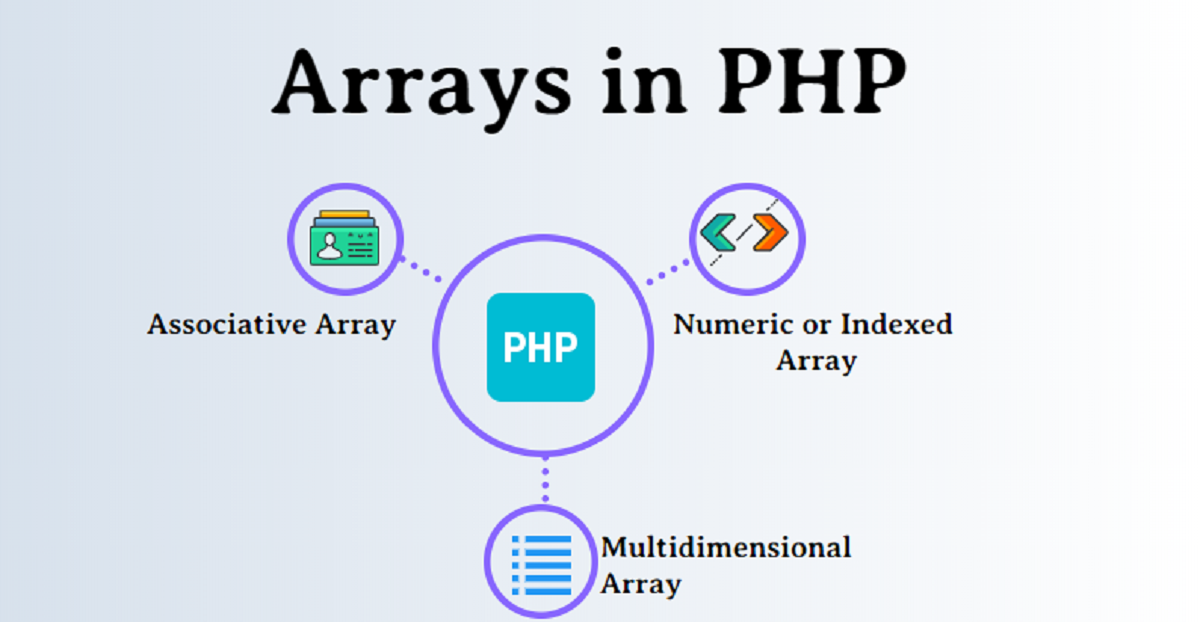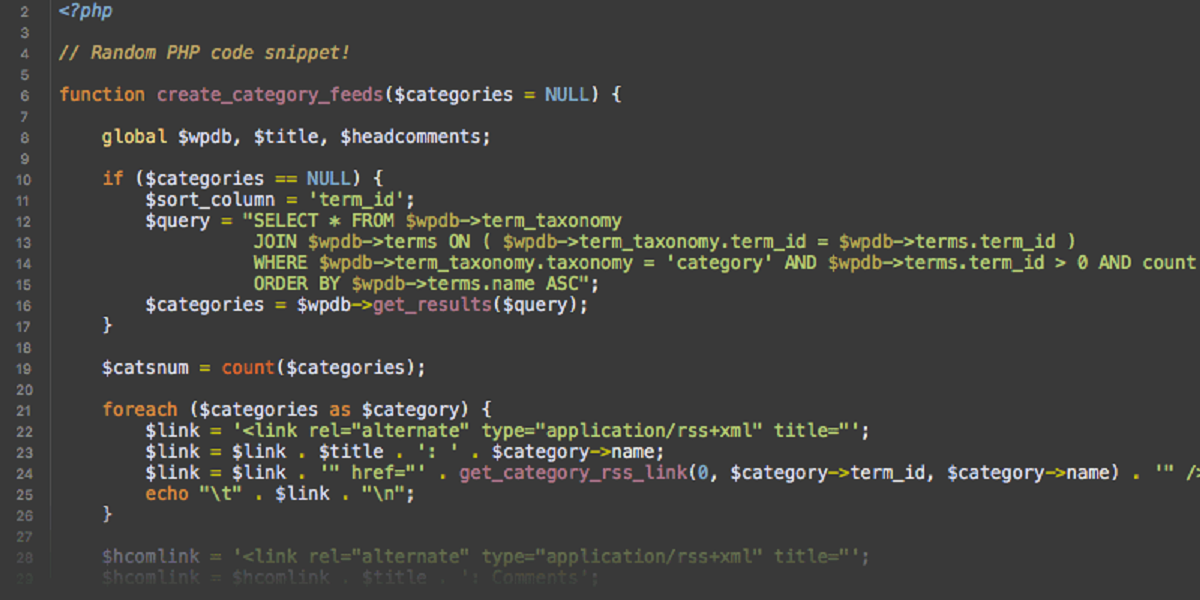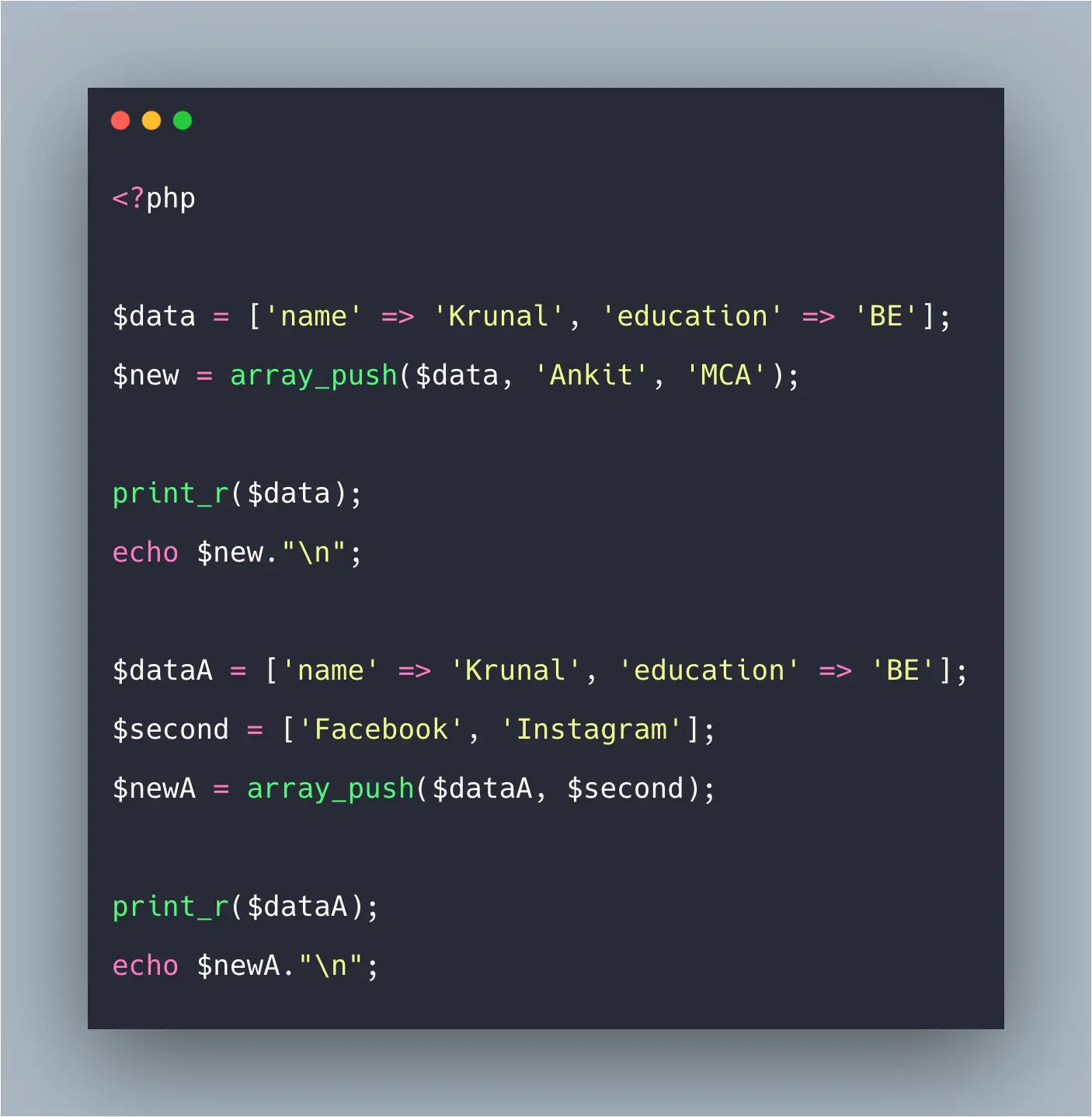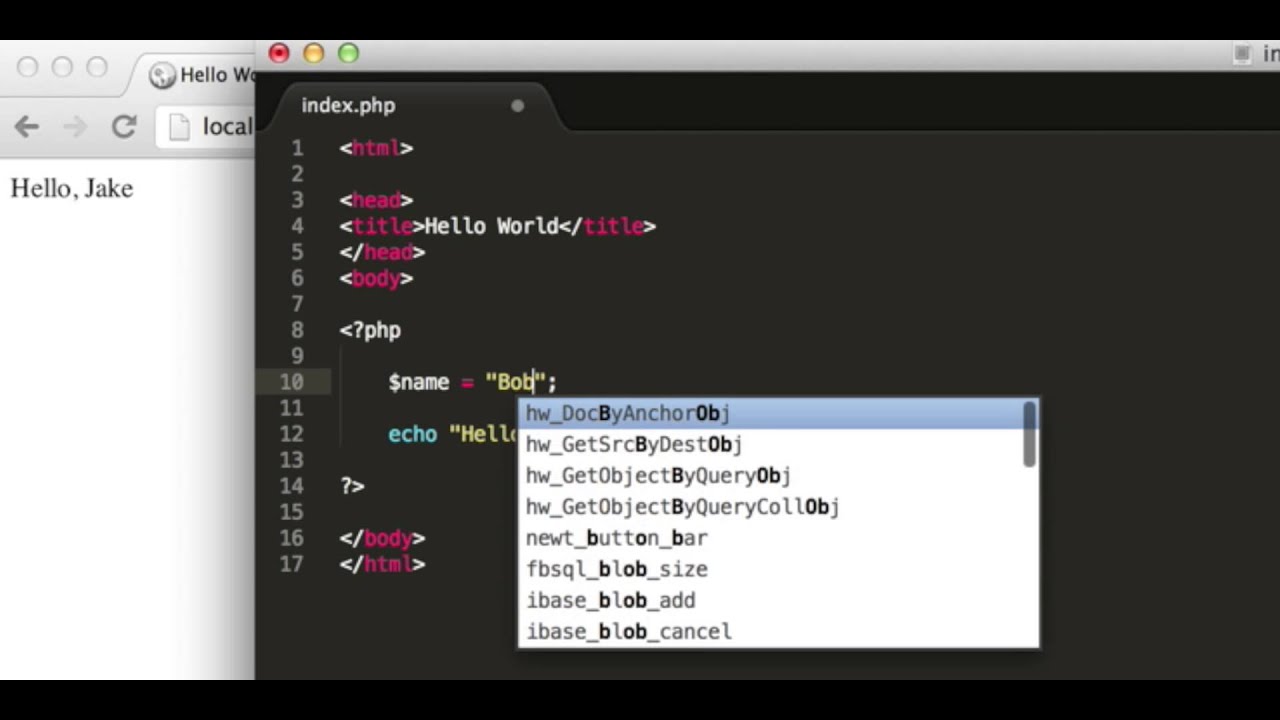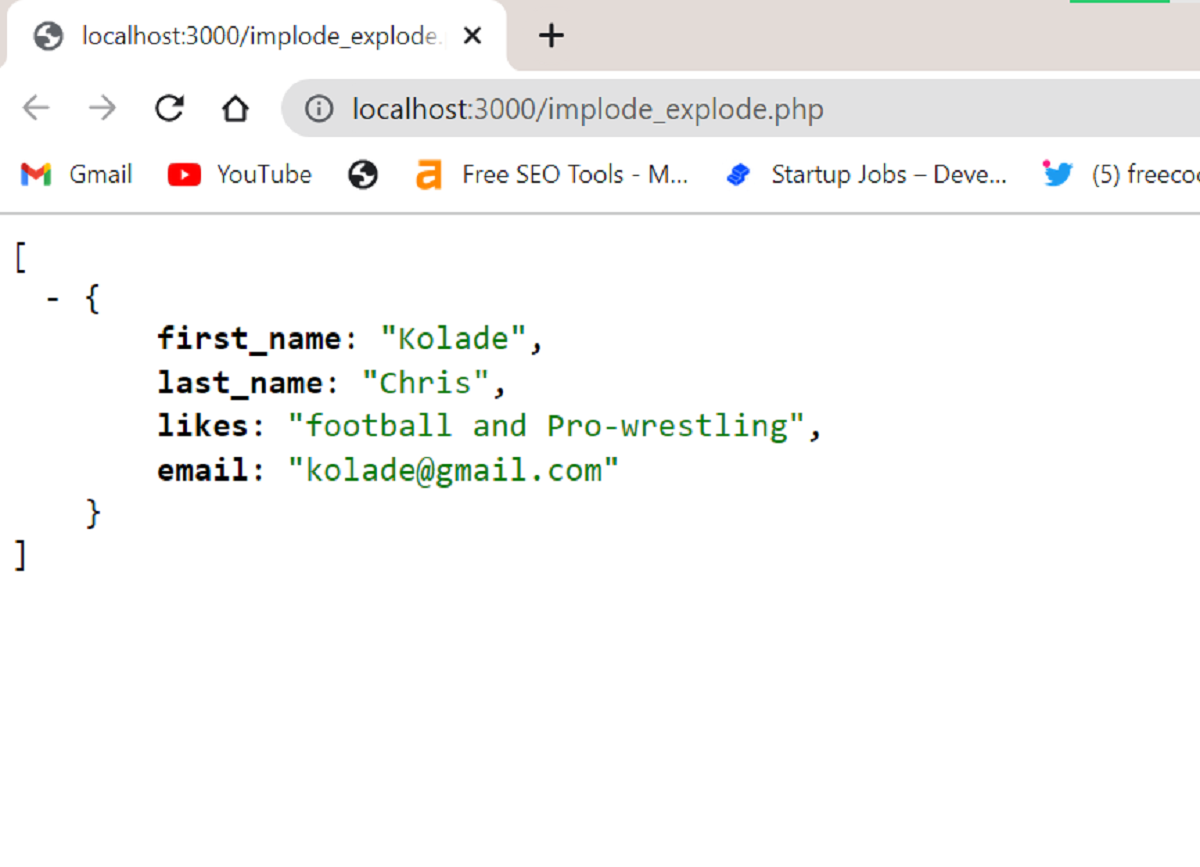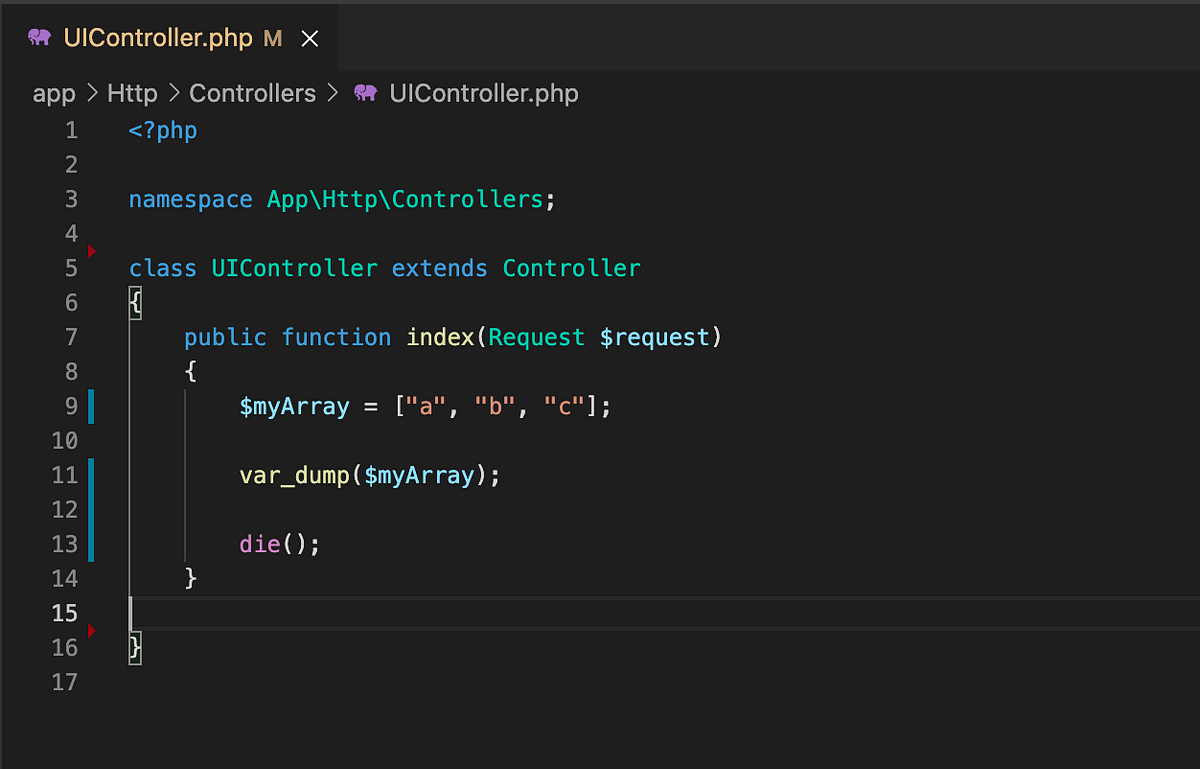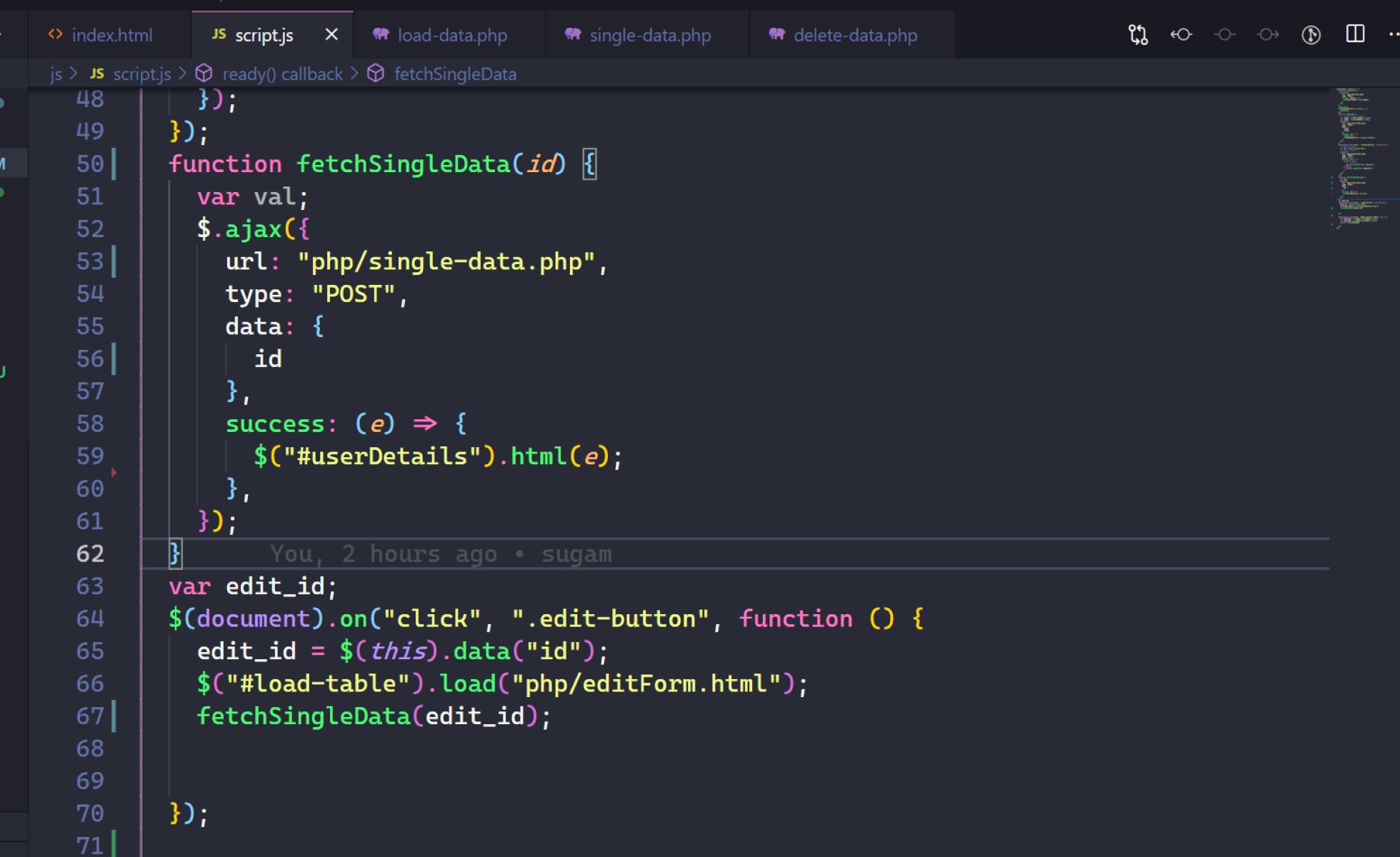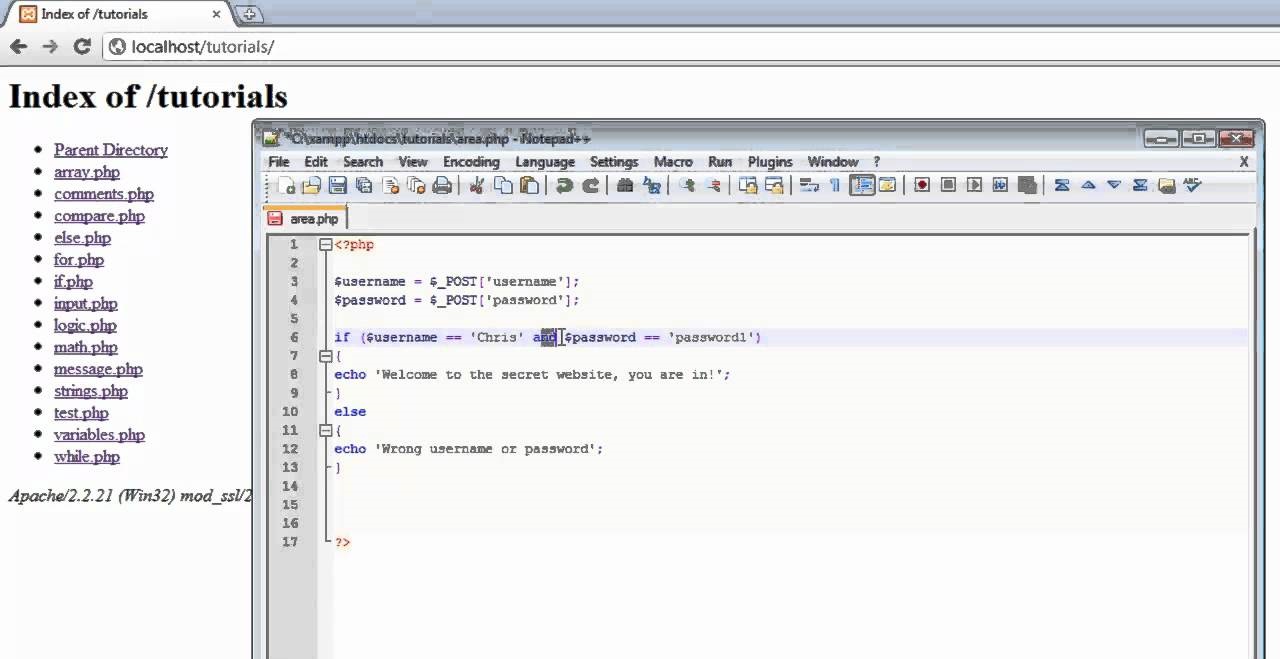Introduction
Welcome to the world of PHP, where arrays play a crucial role in storing and managing data efficiently. Whether you are new to programming or have experience with other languages, understanding arrays in PHP is essential for building robust and dynamic web applications. In this article, we will explore the concept of arrays in PHP, how to declare and access array elements, modify them, and utilize array functions to simplify common tasks.
An array is a special data structure that allows us to store multiple values in a single variable. It provides a convenient way to group related data together, enabling easier manipulation and retrieval. Arrays are incredibly versatile and can hold various data types, including numbers, strings, booleans, as well as arrays themselves, resulting in multidimensional arrays.
With arrays in PHP, you can store a list of products, user details, or any other collection of data that needs to be organized and accessed efficiently. Whether you are building an e-commerce platform, managing user information, or simply creating dynamic content, the knowledge of arrays will prove invaluable.
Throughout this article, we will dive into the different aspects of working with arrays in PHP, providing you with a solid foundation to leverage the power of this fundamental data structure. So, let’s get started by learning how to declare an array in PHP and access its elements.
What is an Array?
An array is a data structure in PHP that allows you to store multiple values in a single variable. Think of it as a container that can hold a collection of related data items. Arrays are incredibly versatile and provide a convenient way to organize, manipulate, and retrieve data.
An array is comprised of elements, where each element has a unique index or key that distinguishes it from the others. The index can be numeric or a string. By using the index, you can access and modify specific elements within the array.
Arrays in PHP can hold various data types, including numbers, strings, booleans, and even other arrays. This flexibility makes arrays a powerful tool for storing and managing complex data structures.
One of the key benefits of using arrays is that it allows you to group data together, making it easier to work with related information. For example, if you are building an e-commerce website, you can use an array to store the details of a product, such as its name, price, and description, all in one variable.
Arrays can be one-dimensional, meaning they have a single row of elements, or multi-dimensional, where elements can have multiple dimensions, forming a grid-like structure. Multi-dimensional arrays are useful when working with more complex datasets.
Now that we’ve covered the basics of what an array is in PHP, let’s move on to understanding how to declare an array and access its elements.
Declaring an Array
Before we can start working with arrays in PHP, we need to declare them. Fortunately, declaring an array is straightforward and can be done in a few different ways.
The most common way to declare an array is by using the array() function. Inside the parentheses, you can list the values you want to store in the array, separated by commas. Here’s an example:
php
$fruits = array(“apple”, “banana”, “orange”);
In this example, we have declared an array named `$fruits` and initialized it with three elements: “apple”, “banana”, and “orange”. The array index will be assigned automatically, starting from 0 for the first element and incrementing by 1 for each subsequent element.
Alternatively, you can also declare an array using shortcut syntax, called the square bracket [] syntax. Here’s how it looks:
php
$colors = [“red”, “green”, “blue”];
Both methods of declaring an array achieve the same result, so you can choose whichever syntax you find more intuitive.
If you prefer to have explicit indices for your array elements, you can specify them using the => symbol. This is known as an associative array. Here’s an example:
php
$student = array(
“name” => “John Smith”,
“age” => 21,
“university” => “ABC University”
);
In this example, we have an associative array `$student` with three elements: “name”, “age”, and “university”. Each element is assigned a specific index, allowing easy access and retrieval of the values.
You can also declare an empty array and add elements to it later using various array manipulation functions.
Now that you know how to declare an array in PHP, let’s move on to accessing the elements of an array.
Accessing Array Elements
Once you have declared an array in PHP, you can access its individual elements using their indices. The index acts as a unique identifier for each element within the array. There are a few different ways to access array elements:
By Index: The most common way to access array elements is by using their numeric index. The index starts from 0 for the first element, then 1 for the second element, and so on. Here’s an example:
php
$fruits = array(“apple”, “banana”, “orange”);
echo $fruits[0]; // Output: apple
echo $fruits[1]; // Output: banana
echo $fruits[2]; // Output: orange
By Associative Key: If you have declared an associative array, you can access its elements by their specific keys. The key acts as a label for each element. Here’s an example:
php
$student = array(
“name” => “John Smith”,
“age” => 21,
“university” => “ABC University”
);
echo $student[“name”]; // Output: John Smith
echo $student[“age”]; // Output: 21
echo $student[“university”]; // Output: ABC University
Using Variable: You can also use variables as indices to access array elements dynamically. This can be useful when looping through an array or when the index value is determined during runtime. Here’s an example:
php
$fruits = array(“apple”, “banana”, “orange”);
$index = 1;
echo $fruits[$index]; // Output: banana
It’s important to note that if you try to access an element using an index that doesn’t exist in the array, an error will be thrown. To avoid errors, you can use the isset() or array_key_exists() functions to check if an index exists before accessing it.
Now that you know how to access individual elements within an array, let’s move on to modifying array elements.
Modifying Array Elements
Modifying array elements in PHP is straightforward. Once you have accessed the desired element using its index or key, you can simply assign a new value to it. Here are a few ways to modify array elements:
By Index: If you are working with a numeric indexed array, you can modify an element by assigning a new value to it using its corresponding index. Here’s an example:
php
$fruits = array(“apple”, “banana”, “orange”);
$fruits[1] = “grape”;
print_r($fruits); // Output: Array ( [0] => apple [1] => grape [2] => orange )
By Associative Key: If you are working with an associative array, you can modify an element by assigning a new value to it using its specific key. Here’s an example:
php
$student = array(
“name” => “John Smith”,
“age” => 21,
“university” => “ABC University”
);
$student[“age”] = 22;
print_r($student); // Output: Array ( [name] => John Smith [age] => 22 [university] => ABC University )
It’s important to note that when you modify an array element using its index or key, the original value will be overwritten with the new value. If you want to add a new element to an array without overwriting existing elements, you can simply assign a value to a new index or key that doesn’t already exist in the array.
Now that you know how to modify array elements in PHP, let’s explore some of the useful array functions available to simplify common tasks.
Array Functions
PHP provides a wide range of built-in functions specifically designed to work with arrays. These functions allow you to manipulate, traverse, and perform various operations on array elements. Let’s explore some of the commonly used array functions:
count(): This function returns the number of elements in an array. It is useful when you need to determine the size or length of an array. Here’s an example:
php
$fruits = array(“apple”, “banana”, “orange”);
echo count($fruits); // Output: 3
array_push(): This function adds one or more elements to the end of an array. It can be used to append elements to an existing array. Here’s an example:
php
$fruits = array(“apple”, “banana”);
array_push($fruits, “orange”, “grape”);
print_r($fruits); // Output: Array ( [0] => apple [1] => banana [2] => orange [3] => grape )
array_pop(): This function removes and returns the last element from an array. It is useful when you need to remove elements from the end of an array. Here’s an example:
php
$fruits = array(“apple”, “banana”, “orange”);
$lastFruit = array_pop($fruits);
echo $lastFruit; // Output: orange
print_r($fruits); // Output: Array ( [0] => apple [1] => banana )
array_merge(): This function merges two or more arrays into a single array. It is useful when you need to combine the elements from multiple arrays. Here’s an example:
php
$fruits1 = array(“apple”, “banana”);
$fruits2 = array(“orange”, “grape”);
$fruits = array_merge($fruits1, $fruits2);
print_r($fruits); // Output: Array ( [0] => apple [1] => banana [2] => orange [3] => grape )
These are just a few examples of the many array functions available in PHP. Each function serves a specific purpose and can help simplify common array operations. It is recommended to explore the PHP documentation to discover more array functions and their usage.
Now that you have a good understanding of array functions, let’s move on to discussing multidimensional arrays.
Multidimensional Arrays
In PHP, a multidimensional array is an array that contains other arrays as its elements. This allows you to create a grid-like structure to store and organize complex data. A multidimensional array can have any number of dimensions, meaning each element within the array can be an array itself.
Let’s consider an example of a two-dimensional array representing a chessboard:
php
$chessboard = array(
array(“Rook”, “Knight”, “Bishop”, “Queen”, “King”, “Bishop”, “Knight”, “Rook”),
array(“Pawn”, “Pawn”, “Pawn”, “Pawn”, “Pawn”, “Pawn”, “Pawn”, “Pawn”),
array(“”, “”, “”, “”, “”, “”, “”, “”),
array(“”, “”, “”, “”, “”, “”, “”, “”),
array(“”, “”, “”, “”, “”, “”, “”, “”),
array(“”, “”, “”, “”, “”, “”, “”, “”),
array(“Pawn”, “Pawn”, “Pawn”, “Pawn”, “Pawn”, “Pawn”, “Pawn”, “Pawn”),
array(“Rook”, “Knight”, “Bishop”, “Queen”, “King”, “Bishop”, “Knight”, “Rook”)
);
In this example, we have declared an array named `$chessboard`, which is a two-dimensional array consisting of 8 rows and 8 columns representing a chessboard. Each element within the array represents a specific piece on the board.
To access elements in a multidimensional array, you need to specify the index or key for each dimension. For example, to access the “Rook” in the top left corner, you would use `$chessboard[0][0]`, and to access the “Queen” in the bottom right corner, you would use `$chessboard[7][7]`.
Multidimensional arrays are particularly useful when working with complex datasets, such as data tables or matrices. They provide a structured way to organize and manipulate data that requires multiple dimensions.
Now that you understand how multidimensional arrays work, you have a powerful tool at your disposal for handling intricate data structures.
Conclusion
Arrays are a fundamental part of PHP programming, allowing you to store and manage multiple values efficiently. By understanding how to declare arrays, access and modify their elements, and leverage array functions, you can harness the power of arrays to simplify your coding tasks and manipulate data effectively.
Through this article, we have explored the basics of arrays in PHP, including the concept of arrays, declaring arrays, accessing and modifying array elements, and utilizing array functions. We have also touched upon the concept of multidimensional arrays, which provide a structured way to work with complex data.
By leveraging arrays in PHP, you can organize and manipulate data in a way that is intuitive and efficient. Arrays enable you to group related information together, making it easier to manage and retrieve data when building web applications or working with large datasets.
As you continue your journey in PHP programming, make sure to familiarize yourself with the various array functions offered by PHP. These functions can greatly simplify your coding tasks and help you achieve more efficient and elegant solutions.
Remember to practice and experiment with arrays, as hands-on experience is the key to mastering this important data structure. Embrace arrays as a powerful tool in your PHP arsenal and explore their full potential to enhance your web development projects.







